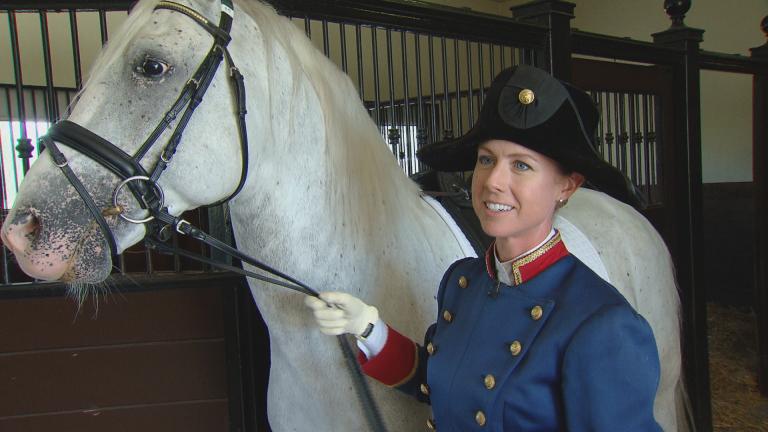Is Michael Phelps the best swimmer ever?
Have a look: https://t.co/u4h11GUbab#rio2016 pic.twitter.com/K9DXGIM7Ze— BBC Sport (@BBCSport) August 10, 2016
![]()
Michael Phelps is making a splash at the 2016 Olympics. But it's not only his performance and gold medal count that are getting attention–the bruises across his body have also been in the headlines.
Those dark red marks aren’t the result of an injury. They’re the harmless side effect of a therapy called cupping.
Cupping, a form of alternative medicine, can be traced back to ancient Egyptian, Chinese and Middle Eastern cultures, according to WebMd.com. Typically made of glass, cups are placed on the body to create suction and promote healing.
“With traditional cupping, they tend to use glass cups. They light the air underneath the cup which gives the cup its suction, and they place the cup on an area of the body where they feel there is a lack of energy and blood flow,” said physical therapist Dr. Brian Cunningham, who is on the medical team for the U.S. Olympic Swim Team and has worked with Phelps, Katie Ledecky, Ryan Lochte and Conor Dwyer, as well other swimmers. He's based at Advocate Lutheran General Hospital in Park Ridge.
The cups, which are grouped closely together, are then left on a person’s body for 10-15 minutes, increasing blood flow to the area, decompressing tissues and releasing adhesions in connective tissues, Cunningham explained.
“We use the cup but we call it myofascial decompression,” Cunningham said of the type of therapy Phelps receives. “What we’re really using is the traditional tool of the cup but integrating more Western-style medicine.”
 Left: Air is suctioned out of cups placed on the body. Right: The cups are left on the body for up to three minutes, increasing blood flow to the area, decompressing tissues and releasing adhesions in connective tissues, said physical therapist Dr. Brian Cunningham. (Courtesy Brian Cunningham)
Left: Air is suctioned out of cups placed on the body. Right: The cups are left on the body for up to three minutes, increasing blood flow to the area, decompressing tissues and releasing adhesions in connective tissues, said physical therapist Dr. Brian Cunningham. (Courtesy Brian Cunningham)
As with traditional cupping, glass or plastic cups are placed on the athlete’s skin, and air is suctioned out of the cups using a type of gun, Cunningham explained. The cups are left on the athlete for up to three minutes.
“As a swimmer, they’re obviously using extreme ranges of motion over a repeated amount of time during training, so they can get adhesions or knots in the muscle and feel tight in the muscle or fascia,” he said. “So with the suction, it gives a negative pressure—opposite to deep tissue massage which is positive pressure pressing down.”
The suction stimulates pain, joint and muscle receptors, Cunningham said.
“It alters the perception of tightness. … I think that’s why athletes like [cupping] because it can get deep in the muscles,” he added. “With myofascial decompression you can leave [the cups] on and have the swimmer replicate their movements … such as practice the butterfly stroke.”
Bruising is the main side of effect of the therapy and can last up to a week depending on how long the cups were left on the skin, Cunningham said.
Even though the therapy can improve athletes’ movements and help them recover quickly, there is a limit as to how often it can be performed in the same spot.
“Every other day if you want to do it [in the same spot] because you want the tissue to be able to remodel,” he said. “You could do it on other parts of the body.”
Follow Kristen Thometz on Twitter: @kristenthometz
Related stories:
 From Chicago to Rio: Local Athletes Gear Up For Summer Olympics
From Chicago to Rio: Local Athletes Gear Up For Summer Olympics
July 20: The torch will be lit in Rio de Janeiro, Brazil, for the 2016 Summer Olympics in a little over two weeks. Meet some of the Chicago-area athletes representing Team USA.
 Unexpected Champions: New Photo Exhibit Explores 1896 Olympic Revival
Unexpected Champions: New Photo Exhibit Explores 1896 Olympic Revival
May 9: A new photography exhibit traces the history of the games and explores its 1896 revival.
Jan. 5, 2012: Oxygen is being used to treat sports injuries, diabetics, and cancer patients. Is it the new wonder drug or a bit of hot air?






